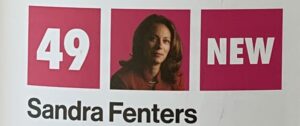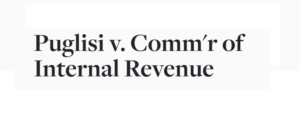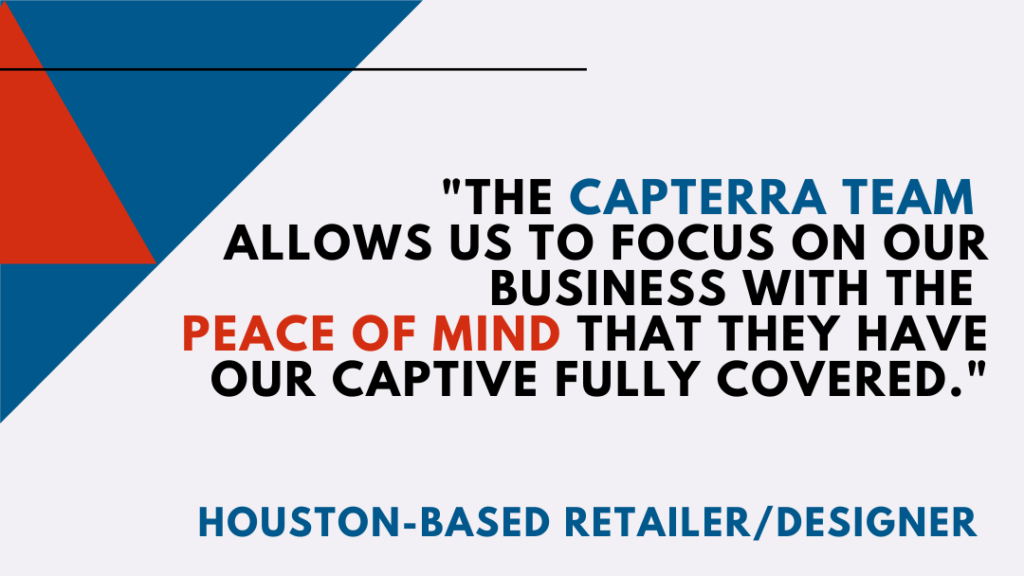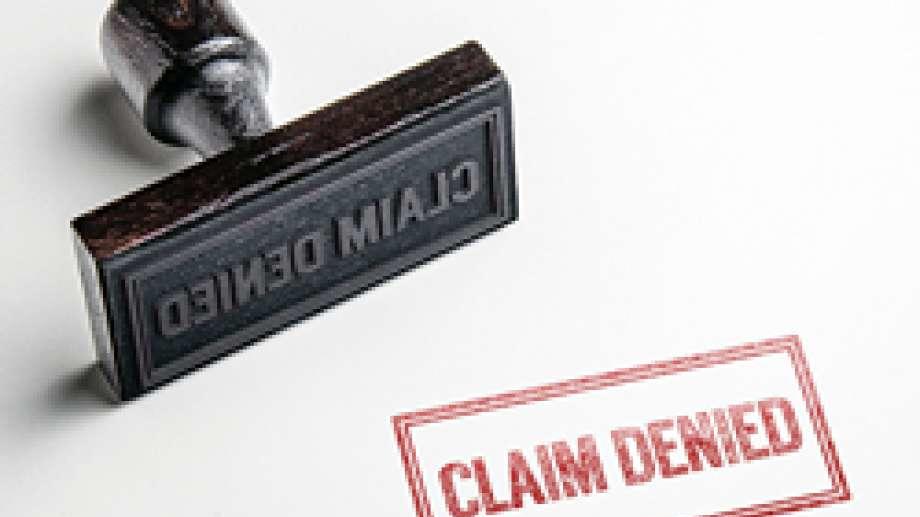By Jeff Ellington, SVP, Capterra Risk Solutions
The last two years have been challenging for most businesses.
- COVID-19 and subsequent strains left most business owners scrambling to just stay in business while figuring out a way to keep their customers and pay their employees.
- From an insurance standpoint, businesses were already dealing with rising insurance rates and shrinking capacity from a hardening market, particularly with regard to property coverage. Then COVID hit, leaving most business owners facing the dire realization that the insurance they paid so much for did not cover business interruption resulting from COVID exposures.
In dealing with the disbelief that their insurance policy would not cover their losses due to COVID, some owners decided to sue their insurance companies to force them to pay. A few plaintiffs in certain jurisdictions found sympathetic judges who did try to force payment, but the overwhelming majority held that the property policies issued to these owners were not intended to provide coverage for losses related to a pandemic, as the policies were written to provide coverage for direct physical damage.
Let’s face it, having to expend the resources of time and money to sue an insurance company and then wait for a judgment and any subsequent payment is not an ideal situation for a business trying to survive.
So, what’s a better solution?
A captive insurance company can be established to insure the risks a company retains, either by choice or by the fact that they cannot find suitable terms in the standard commercial market.
Many smart business owners have set up captives to efficiently transfer the risks they have retained as an effective complement to their standard insurance program.
These same owners were comforted by finding during the COVID crisis that their captive insurance policies provided coverage for loss of income from business interruption from exposure triggers that did not involve direct physical damage to their property. Situations such as work stoppage from governmental mandates and contingent business interruption from the permanent or temporary shutdown of the business’s suppliers or other dependent entities were covered causes of loss in policies written by many captives. Additionally, exposure such as the permanent loss of a key customer or a key supplier, as well as a legislative or regulatory change, even globally, could be covered by captive insurance.
Captives have value beyond catastrophes
A catastrophic event like a pandemic is not the only challenging situation for which a captive could provide relief.
As mentioned above, the current commercial property and casualty insurance market has continued to harden, resulting in higher rates and premiums coupled with reduced capacity and product availability. Just a few short years ago, the market was extremely soft with rates and corresponding premiums very favorable for business owners.
With some policies being priced at less than 50% of the standard premium, it did not make much economic sense for a business to take on a significant deductible as a layer of self-insurance when the reward did not justify the additional risk. Although there are sound risk management reasons for taking on a layer of risk, such as a greater focus on causes of loss and maintaining a safe and efficient work environment; let’s face it, these reasons were not compelling enough to outweigh the economic impact of taking on a significant amount of risk when premiums were already so favorable.
Fast forward to the current hard market, which continues to harden, and businesses are seeking to take on a meaningful layer of risk to control costs and secure the terms of insurance they require. In some cases, particularly with property, businesses are being forced to take on high deductibles to obtain coverage with a reduced benefit in the form of premium credit. So, business owners are looking for a way to reap the maximum economic benefit for the significant level of risk they are taking on. And again, a captive could be the best solution for progressive business owners.
By forming a captive and purchasing a deductible reimbursement policy from the captive to cover a large deductible assumed by the business, owners have the advantage of deducting the premium paid for the deductible reimbursement policy, just as with the premium for the standard commercial policy to which the deductible applies.
As an insurance company, the captive can establish reserves, or if it qualifies as a small insurance company, it could choose to just be taxed on investment income and not on underwriting profit. Both these scenarios are much more advantageous than paying for claims within the deductible layer with the retained assets of the company or through a loss fund. Additionally, the risk management benefits mentioned above can now be realized and further enhance the value of insuring a large deductible through a captive.
Although businesses will undoubtedly encounter additional trying times in the years ahead, captives will remain as lucrative vehicles, enabling business owners to successfully navigate the risk and insurance challenges they face.












